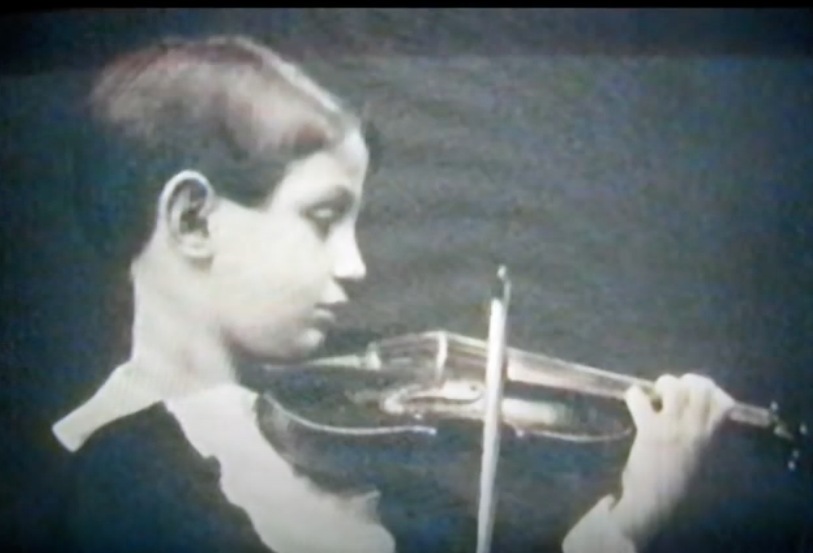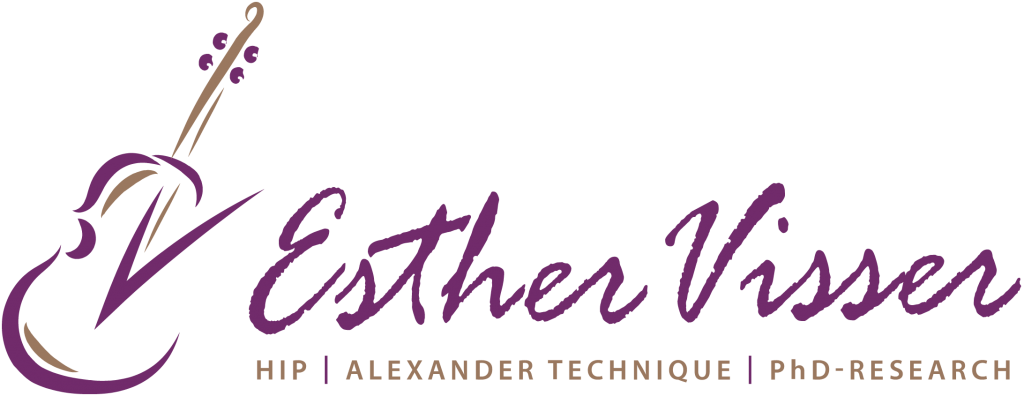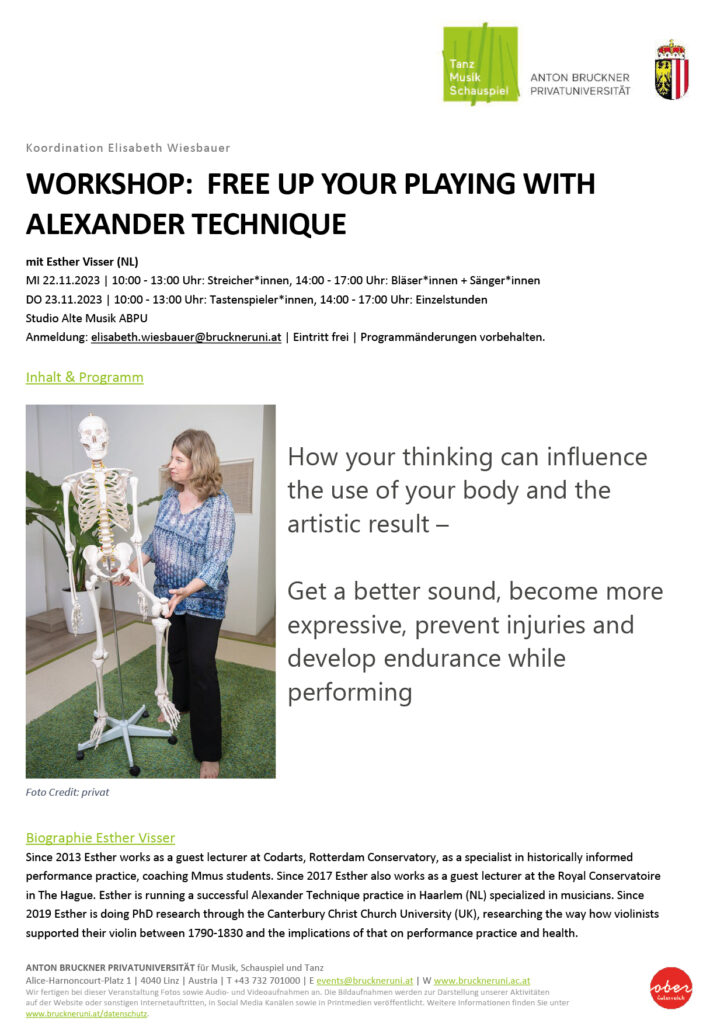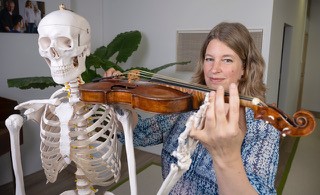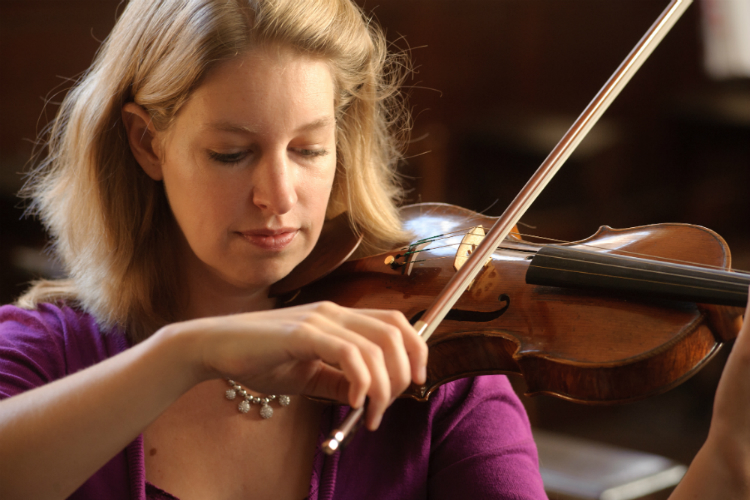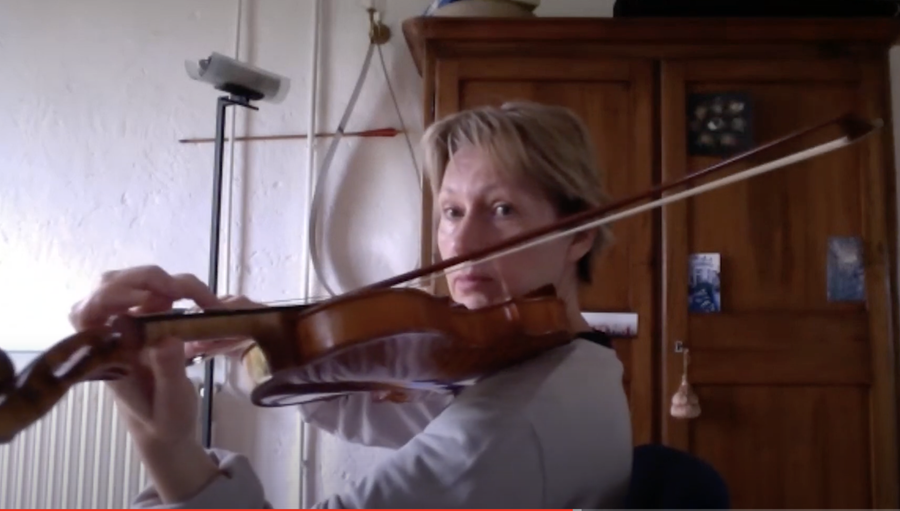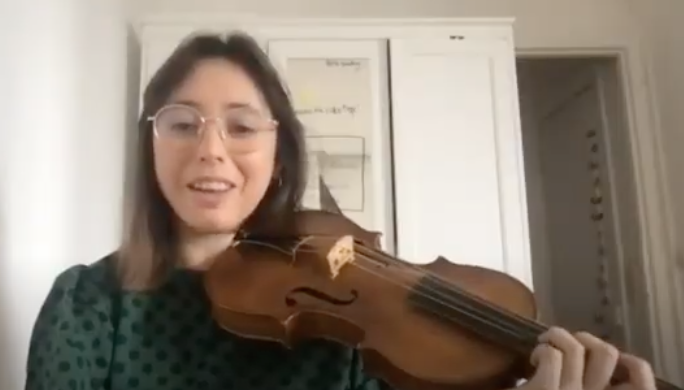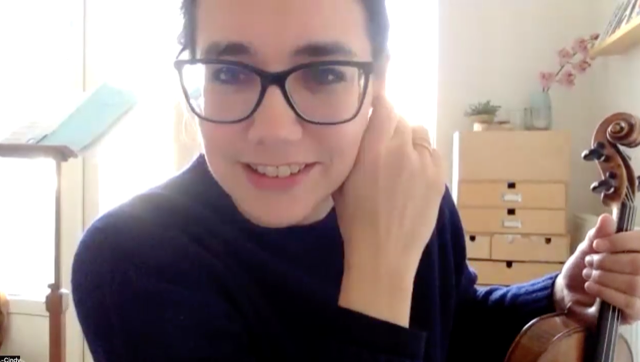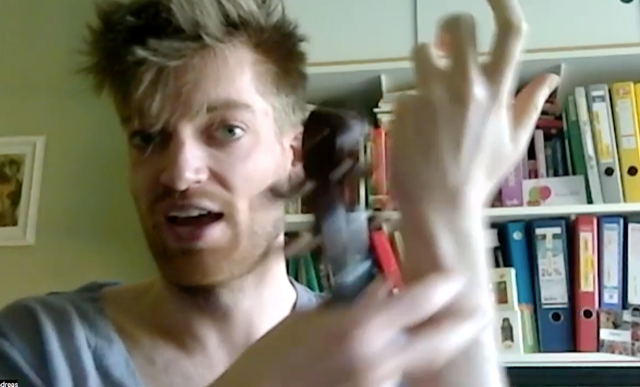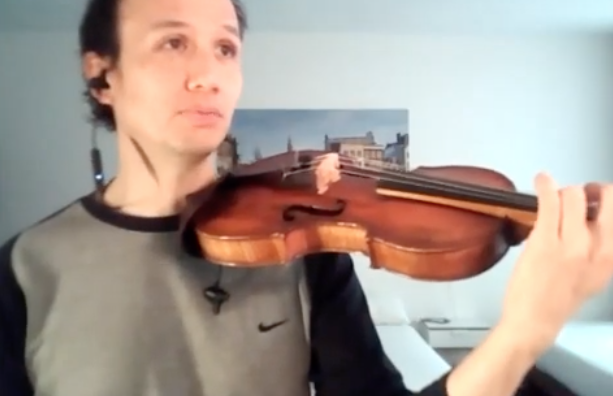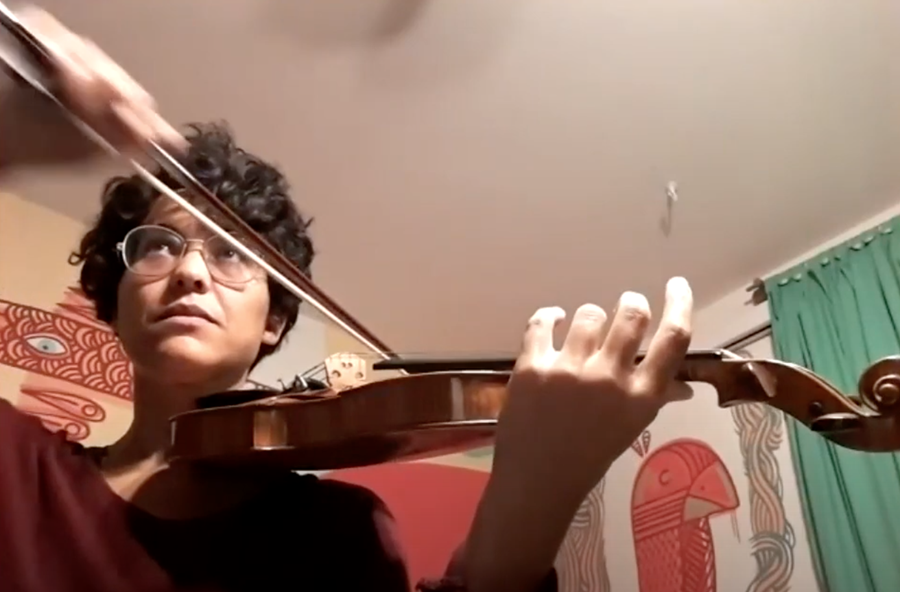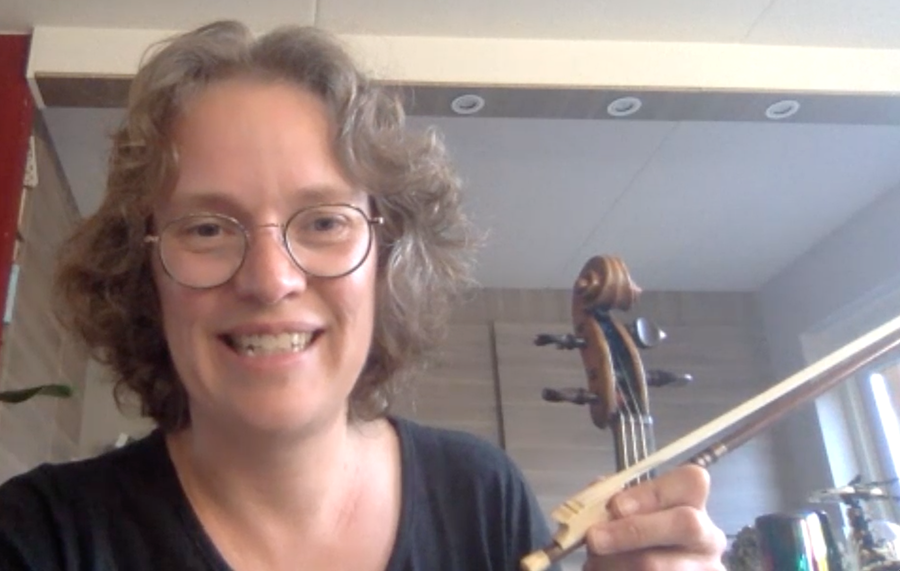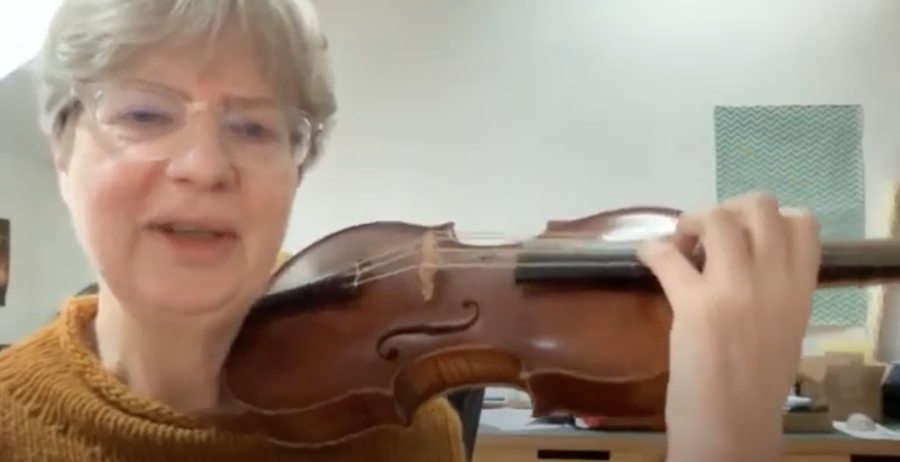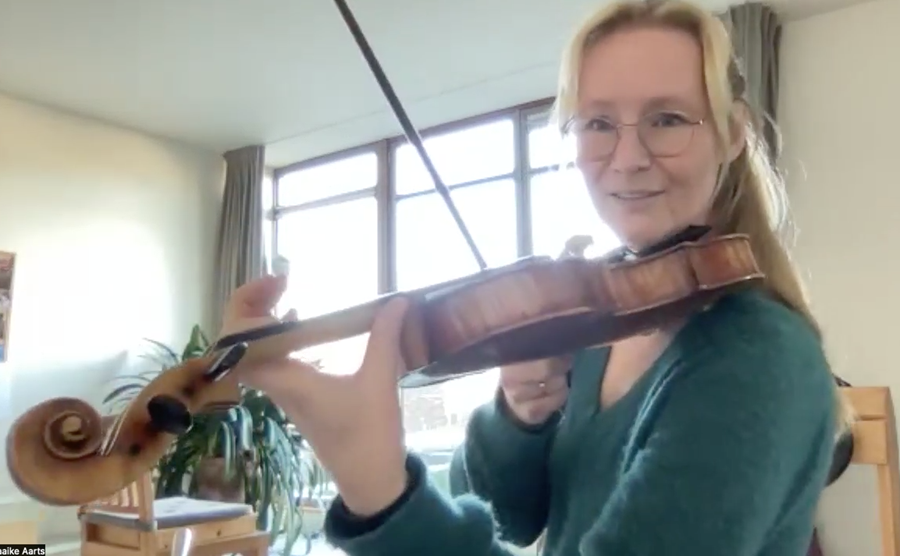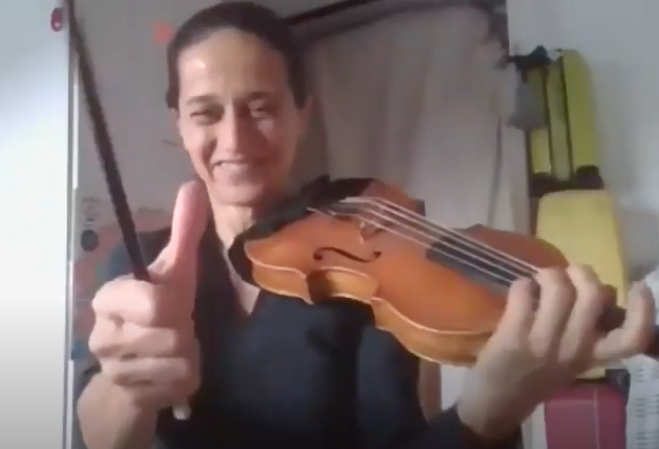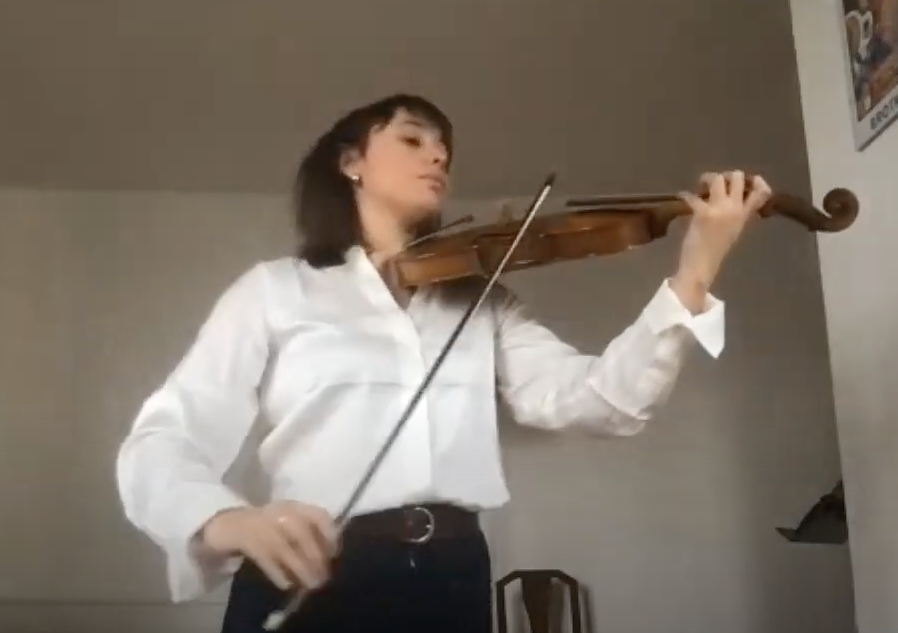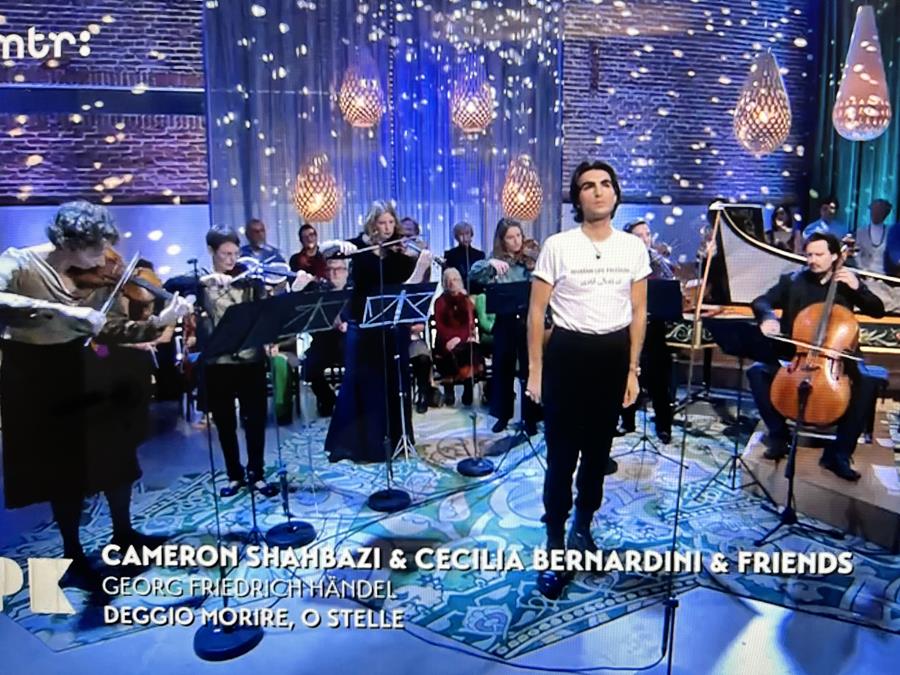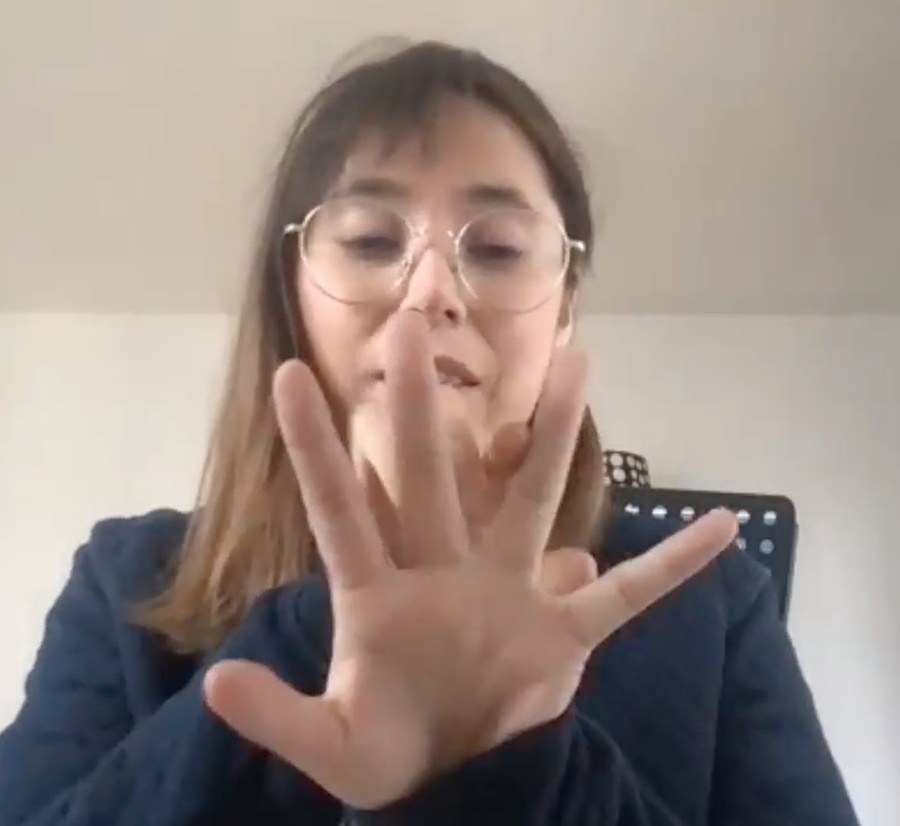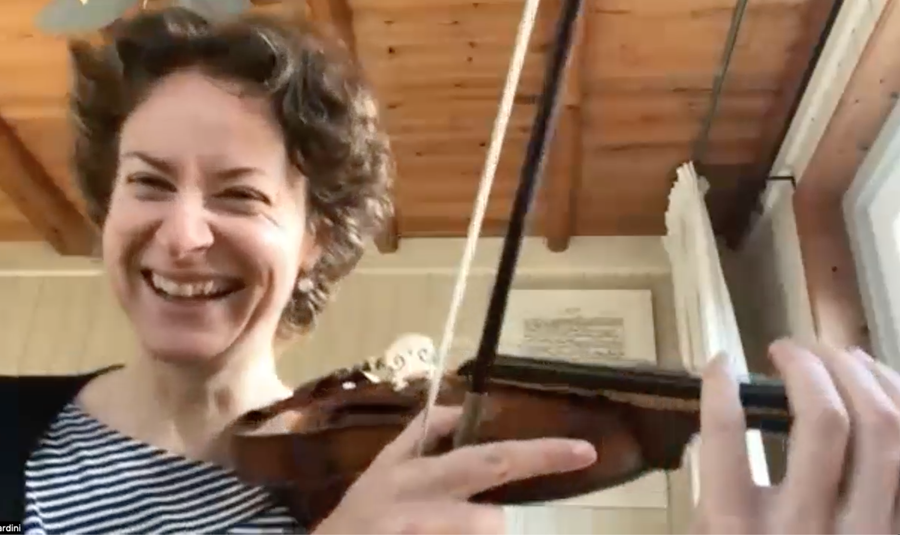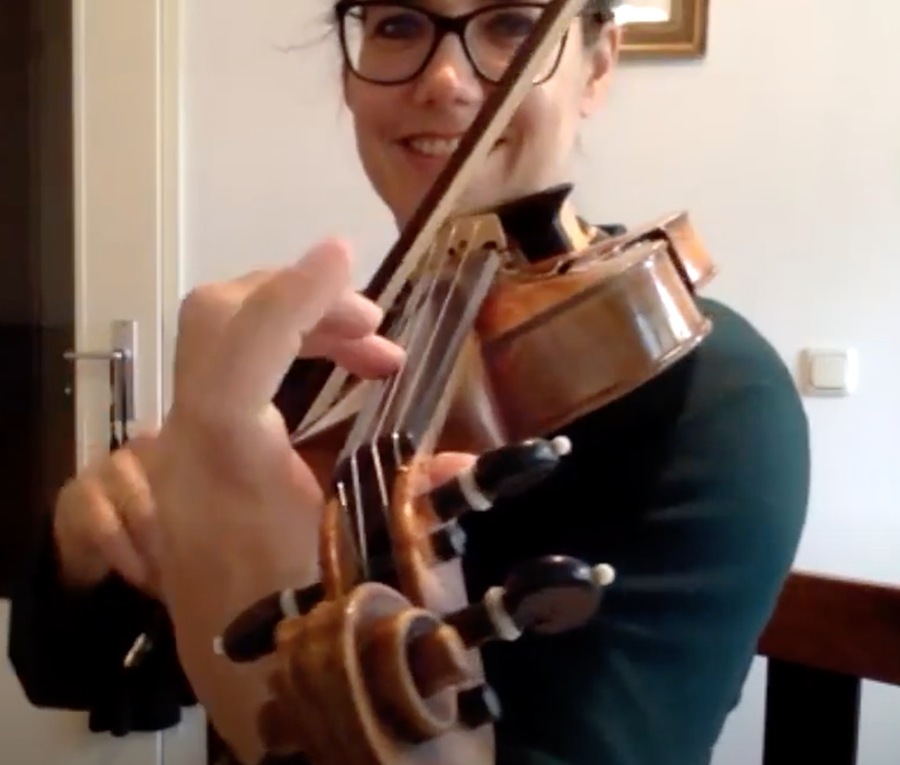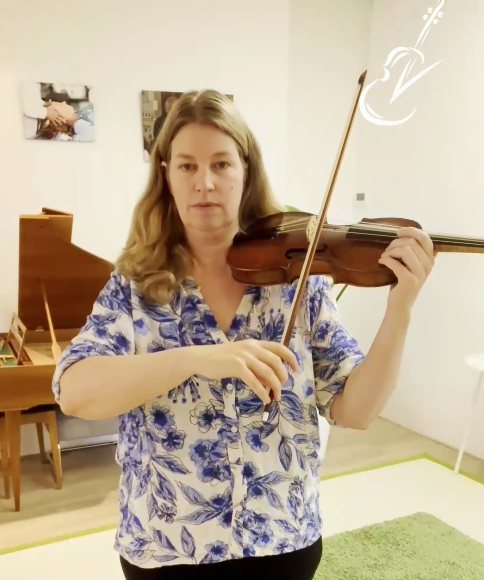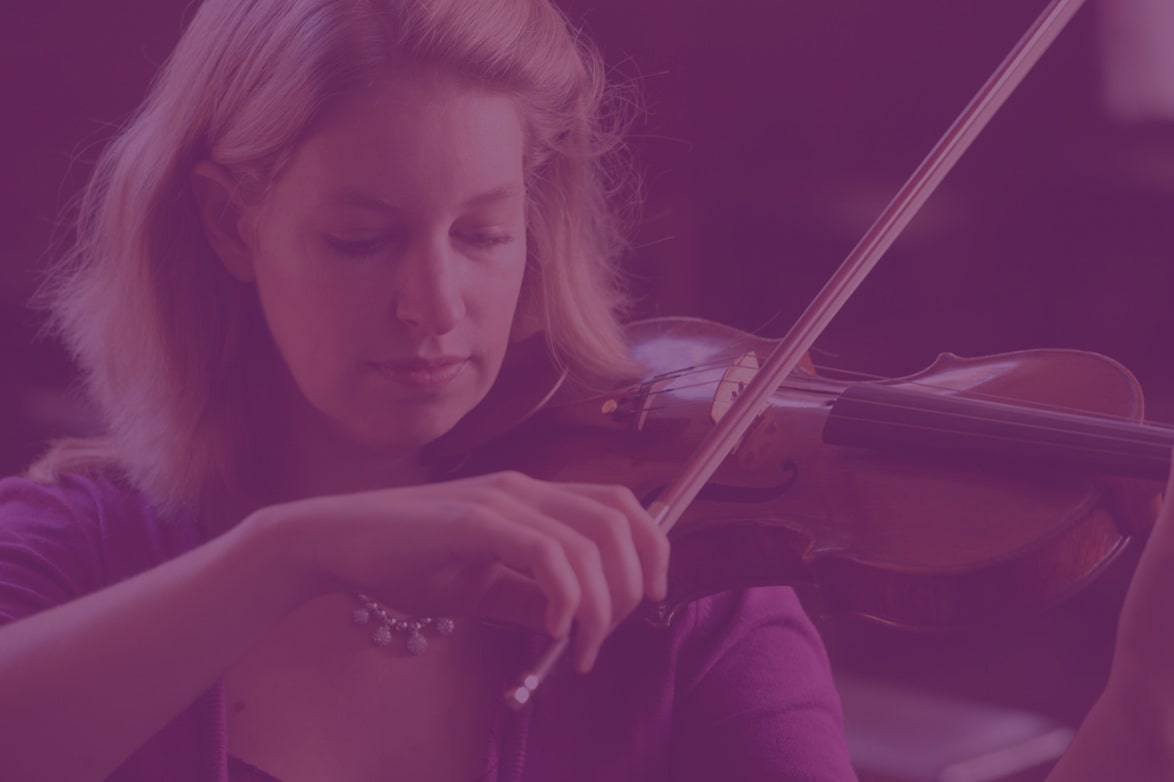
Research
Hi everyone,
The third week of my experiment on playing without a shoulder rest and / or chin rest is almost finished. Here are some updates and some feedback.
Thank you for sending me so many videos, it’s fantastic and really important for my research. Please keep doing it. We are at different stages, some people just starting now, but that is no problem! I am having pneumonia at the moment, but luckily I was still able to do the Zoom session last Wednesday and it’s getting better already, received antibiotics from the GP.
Last week, some more new participants joined as well, welcome! Many people now filled out the entrance survey. Thanks. If you didn’t do it yet, please do so before you start the lessons.
If you know more people who like to join, this is still possible through my website. If you missed the newsletter last week, you can still read it here. There is a collection of past newsletters at my website available too.
In this newsletter I will give some feedback on the videos I received this week. I also summarise the interesting Zoom session from last Wednesday. Its about putting the fingers on the strings (lesson 3). You can watch Zoom session back on the login page where the video lessons are, as well.
Please be welcome to join the Zoom session next Wednesday if you want… Just to meet or to ask some questions. Would be nice to meet up.
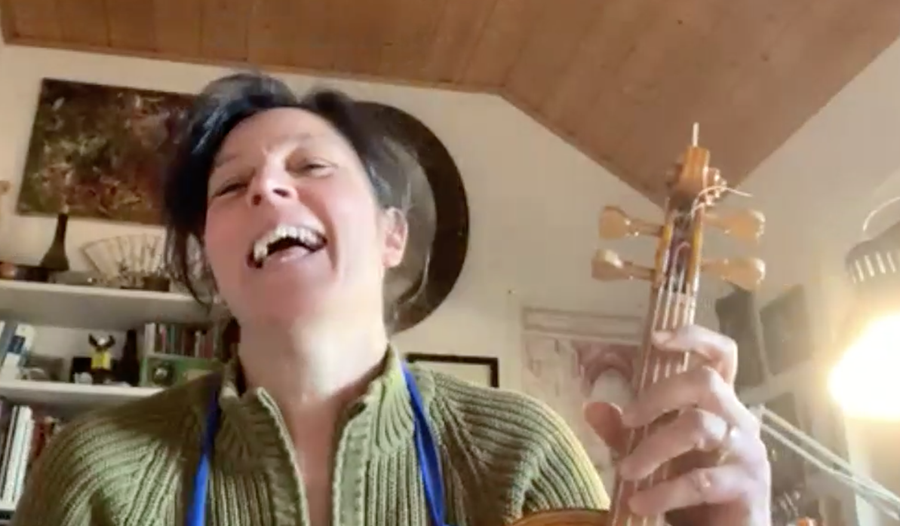
Feedback on lesson nr 3
What I saw happening in the videos and what also many people told me, is that putting the fingers on the strings in lesson 3 is really making it easier to balance the violin.
However, also some people report that the feel some tension when their pinky is reaching for the G string for example, it feels almost likt they can not reach it. I analysed the videos from the people who said that and I saw one common thing happening:
Please be careful that you don’t ‘close your hand’. What do I mean by that? With some people, I see the side of the index finger going towards the neck of the violin as soon as they bring the fingers to the finger board. In this way, the fingers directing too much (I think) from the scroll side towards the violin instead of being square to the violin, and the hand is stiffening up. This makes it harder to get to the string with the pinky.
What I suggest: Please practise in front of a mirror and check that the space between your index finger and the violin is an open, soft and round shape. the first joint of the index finger should not be collapsed towards the violin, but making a nice arch together with the other joints.
Another thing that is important, I think, and which will happen by itself as a result of an open hand, is that the left wrist is not ‘doing’ anything. So, not pointing in or out, just following a nice straight and relaxed way from your and to your elbow. Be careful not to push too hard on the strings which will ‘send your wrist away’. Keep it soft and flexible, and therefor straight (but not ‘making’ it straight!).
If you manage the two things, I dare to promise that your pinky can reach all strings easily :-). But it is a very big change for som people, especially if you are used to support the violin on the first joint of your index finger. So please do take your time and take it easy.
If you just could send me a short message as a reply to this newsletter, if you are struggling with this and I can help.
We also spoke about this in the Zoom session last Wednesday, it was very interesting.
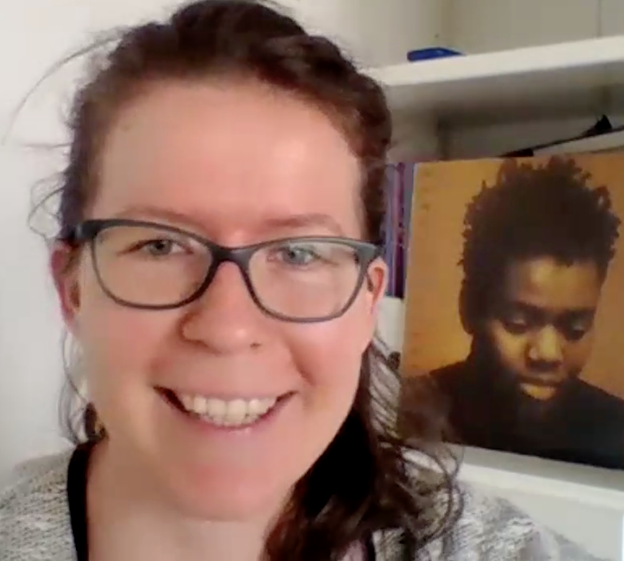
Third Zoom session
Last Wednesday, we had a third Zoom session with some participants of this experiment. It was lovely and we also listened a recording together. If you want to watch it: I recorded the session and there is a link to it in the login page under the video lessons. There is a list of all Zoom sessions, for those who are interested and could not attend.
Here is a summary:
We had 5 people joining the session: Fanni Koros-Keteke (from Hungary, living in Switzerland), Silvia Tarozzi (Italy), Johanna Rüdiger (Germany), Daniela Gaidano (Italy) and Attilio Vampore (Sweden).
Fanni told us how she really dreams of a world in which we would teach the violin differently, because as a kid in Budapest she received not a very good education and she experienced how destructive this can be. She took up the Alexander Technique and this made a great difference for her. Her new violin teacher and her AT teacher both recommended her to play without using a shoulder rest, and she is doing much better now. She moved to Basel and her teacher is Adeline Oprean, who studied with Menuhin and was assistant at the Menuhin Academy. She is teaching some exercises for left thumb and knuckles in both hands, still from Menuhin himself, which are not written down somewhere. Ms. Oprean is very much promoting not to use a shoulder rest, so it would be interesting for me (Esther) to ge to know her and speak about how she is teaching this. Fanni is thinking to start the AT teacher training in Freiburg and be a violin teacher as well, helping musicians who are in pain. Fanni really wants to support our experiment as she thinks it is very important and I am very happy that Fanni is starting the experiment this week!
Then Silvia took the word. She is a modern violinist who studied Baroque violin before, but stopped that because she never really felt comfortable in supporting the instrument and in Paris conservatory they also couldn’t really teach her that. She played a G scale for us (lesson 3) We had a look, and discovered that the side of her index finger was very close to the violin and she compensated by bringing the wrist out. We worked on getting more space and softness between the index finger and violin, and suddenly her wrist was beautifully straight (in a relaxed way) and she could easily reach the 3rd and 4th finger on the string without touching other strings.
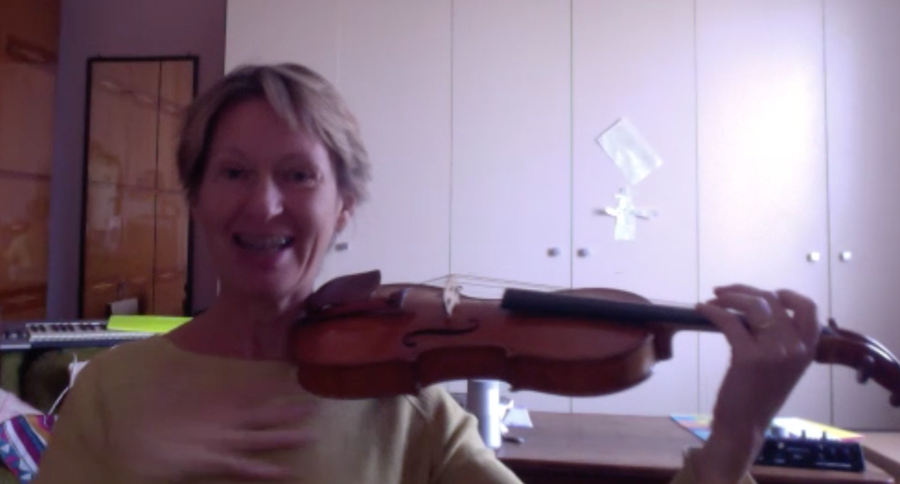
With Daniela, also from Italy, we spoke about HOW to put the fingers on the strings. She has a similar habit, just like Silvia, to bring the side of her index finger to the neck first and then she feels she can not reach the string easily with her third and fourth finger. We disovered that in the movement towards the violin, her hand should learn to stay open and soft, like a round shape, in stead of tensing up during that movement. We practiced this together by first placing the violin on a table in front of us, and placing the hand there easily and round, in a soft way. Then, we brought the violin to out neck, not changing the feeling n the left hand. This seemed to help the understanding of the muscles. The direction of the fingers are coming more from the side (square to the violin) in stead of coming from the scroll of the violin.
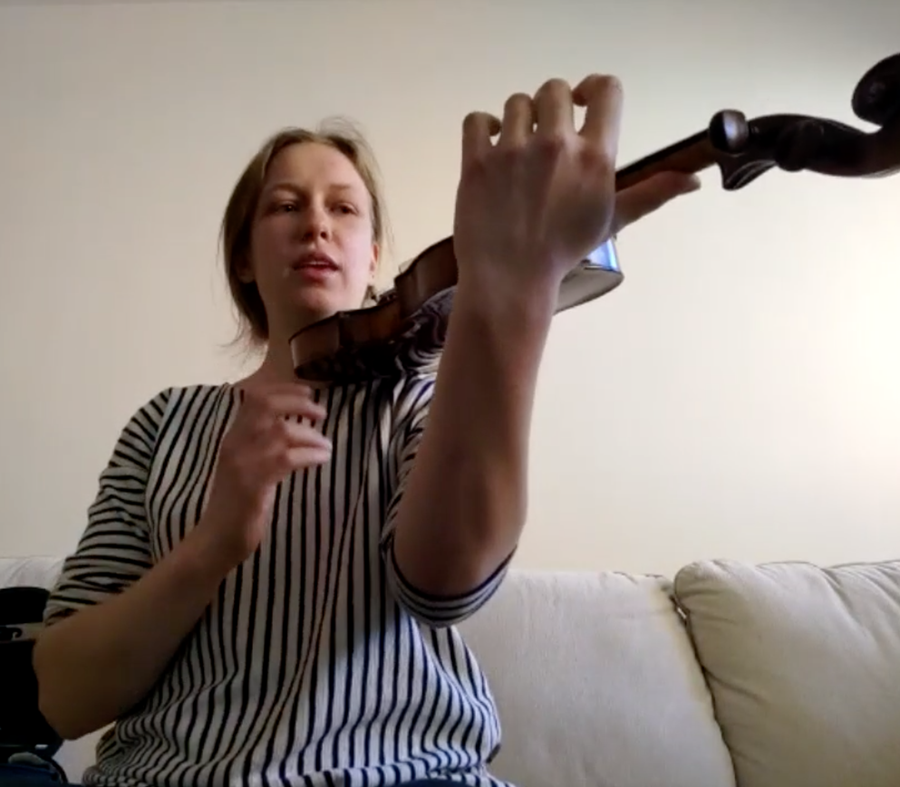
We then worked with Johanna, from Germany, on similar things: How to place the fingers on the strings in a way that the hand , arm, shoulder are not tensing up. Johanna is doing the AT teacher training in Berlin, so she already is very conscious of her neck and shoulder muscles, but this way of supporting the violin is completely new to her, so it was nice to be able to give some support.
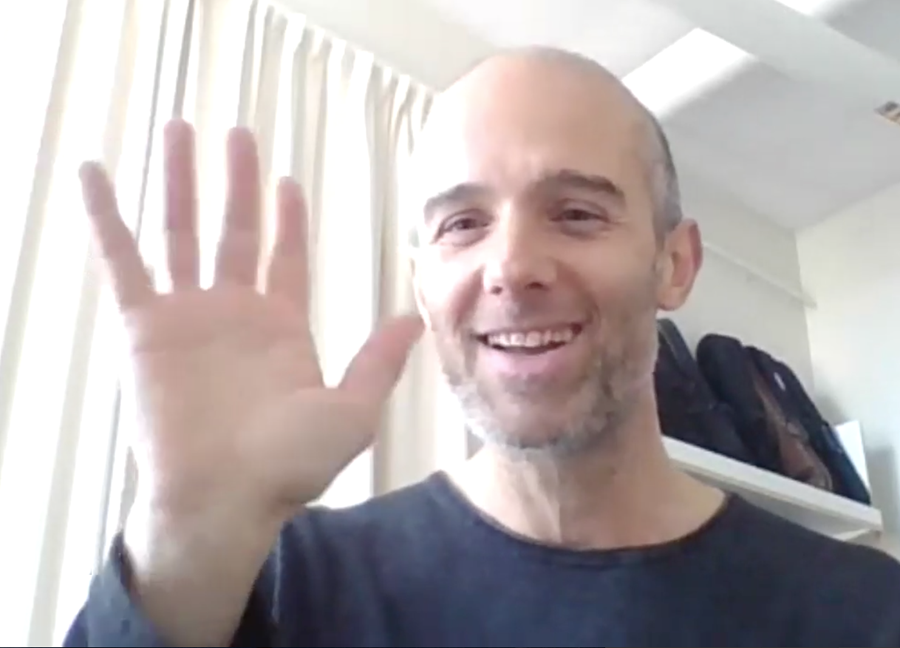
Attilio, from Sweden, violinist and AT teacher, told us that he takes the process very very easy, he thinks it is a big change we are working on. He sees in his own playing now many ‘bad habits’ that he is doing. He also observed with himself that as soon as he is taking the violin to his shoulder, his upper body is twisting to the right. I told that I see that in my practice all the time as well. I think it has to do with the development of the chin rest, especially when it was placed on the left side and not in the middle. When people started to look ‘over’ the violin, they started to turn their bodies to be able to read the music – not a good idea! Nice that he observed that in himself.
Silvia also recognized this tendency in herself, to twist to the right. That is why one of her teachers suggested to her to move the music always in the same direction of the scroll. We talked about how not to create a wall between the audience and you, as a violin player.

Daniela told us about Corrado Romano, a very old teacher in Italy. She studied for 2 years with him. In that period she was taking medicines for her left wrist because of the pain, it was just after her final exam. Romano studied with Carl Felsch and told Daniela the same things that I am saying now… that the side of the hand should be round and open, and about the pressure of the fingers, and always having one finger down at the violin, also with open string. Romano was playing with a chin rest, but no shoulder rest. Daniela told us she didn’t understand it well at that time. He also said that the left fingers should always arrive from half a tone below, like a little portamento just before playing, because that would keep the hand round. We tried it. Apparently his hand was very round and soft. He studied with Flesch in the same years like Ginette Neveu and Henryk Szeryng.
We then talked about how violinists from that time have such a beautiful personal sound and how that possibly could have to do with the support of the violin, and how that personal sound disappears when you stop using this support (because of a shoulder rest). We agreed that it is so important to feel an intimate contact with your instrument, with as as little ‘stuff’ in between it as possible.
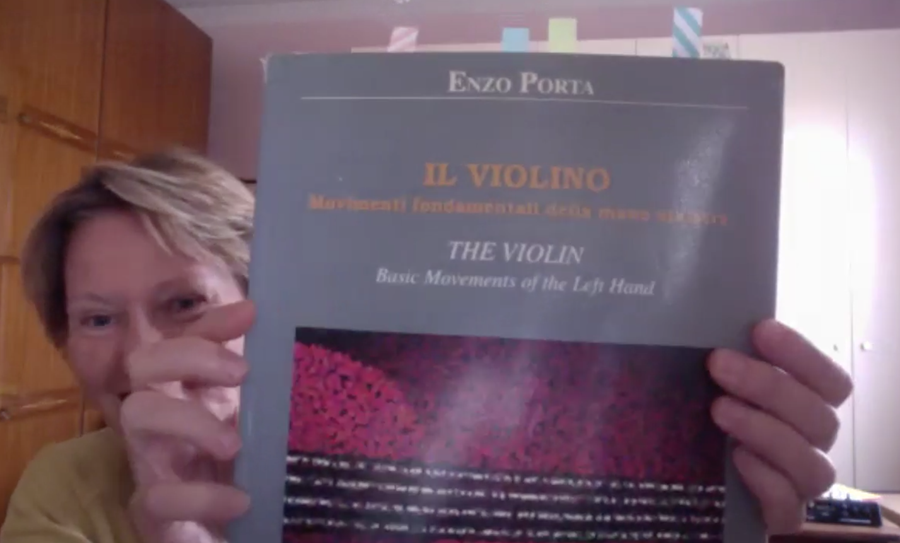
Silvia also shared a book of her old teacher who also wrote about this kind of exercises Romano did and Daniela told about. He also had a very soft technique in his left hand while supporting the violin at the same time, and he was maybe one of the last Italian violinists with this very special personal and recognizable sound.
Then Silvia found a recording of Corrada Romano (1920-2003) in youtube, performing Mozart violin concerto in G. We all listened the beginning of it together and liked his personal and direct sound. There are many pictures in this youtube video as well, I need to analyse them. There is so much interesting material! I am sure I will not be done after this PhD is finished…
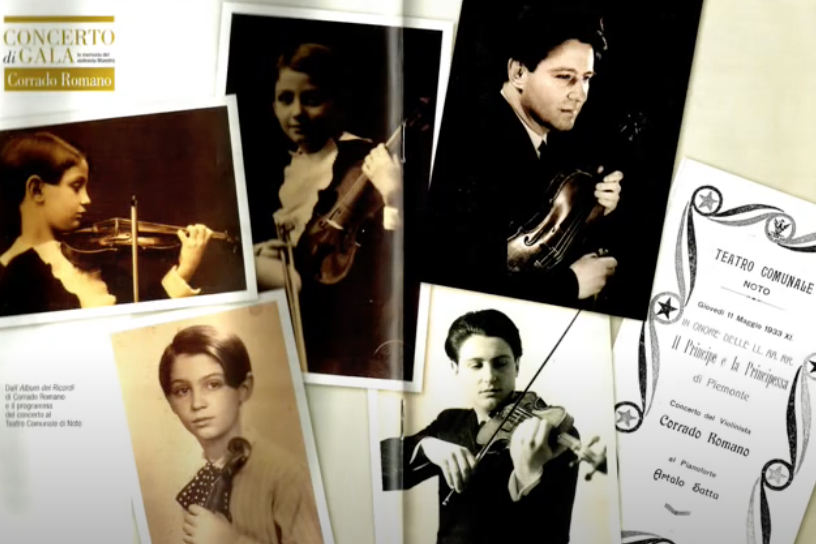
Some encouraging remarks for lesson 4
This lesson in fact is about exactly the point Attilio was bringing up in the Zoom session, about this ‘twist’ he experienced when he is bringing up the violin. This lesson is about getting this twist out of your system :-).
We are going to play the G major scale agin, but now sitting with your back against a wall and while squatting. I am also challenging you to think about the way you sit in an orchestra.
I am really looking forward to receive the videos of that lesson.

Thank you soooo much
I realise that these news letters are getting longer and longer, sorry… I am just so enthusiastic about the last Zoom session and your involvement. It makes my research very lively and I really feel connected to all of you. A thousand thanks for keeping sending me your videos, it means the world to me.
Best regards, please let me know if you have questions,
Esther Visser
